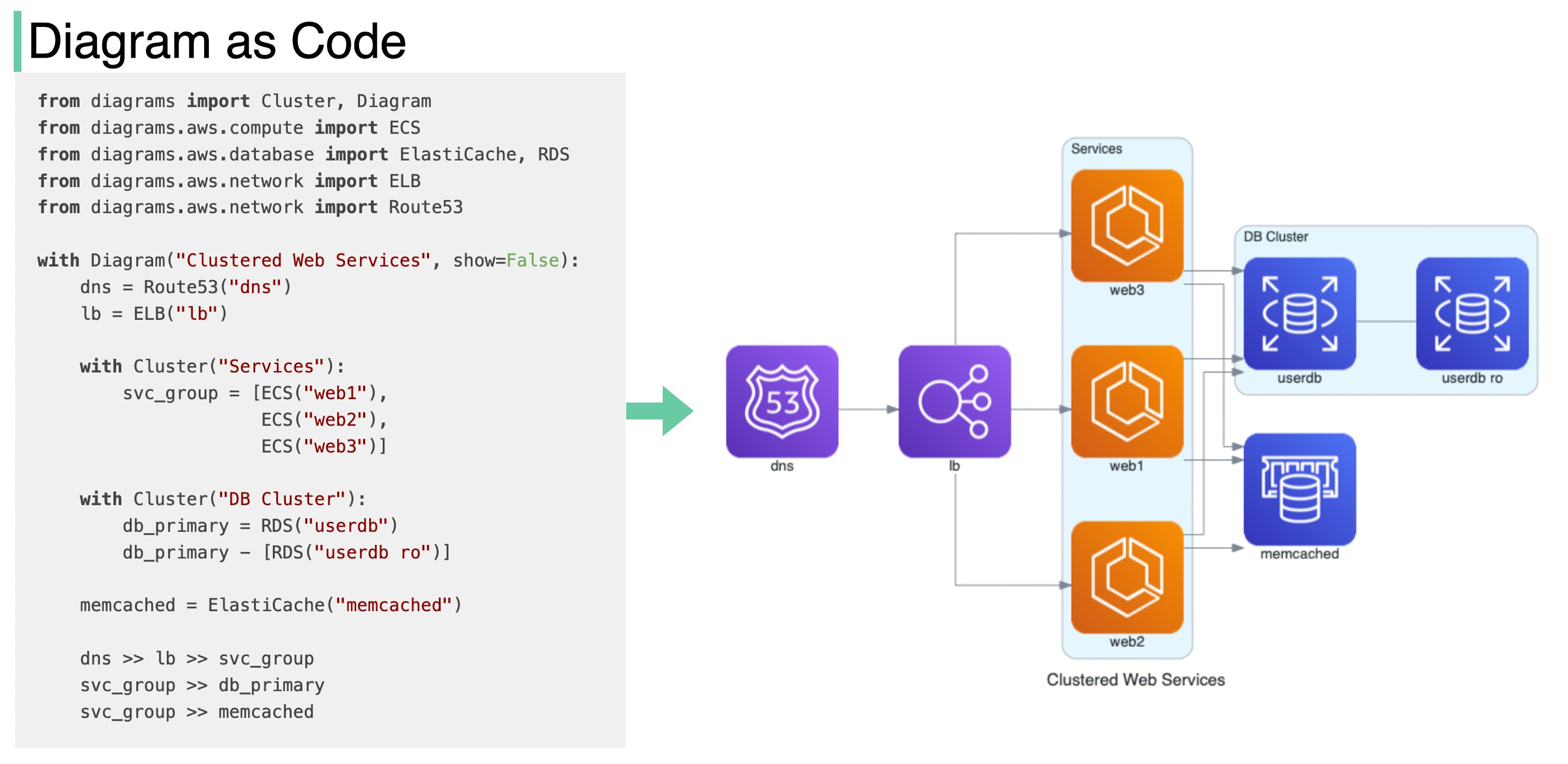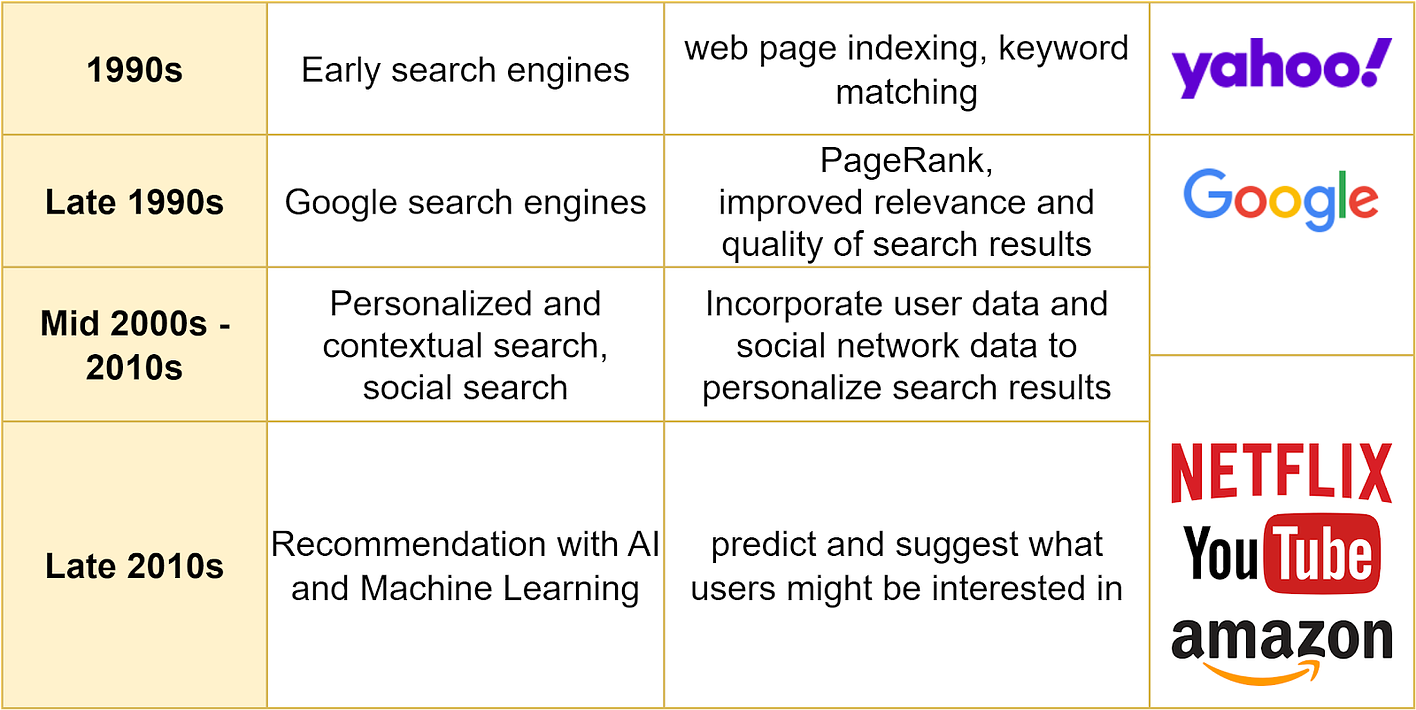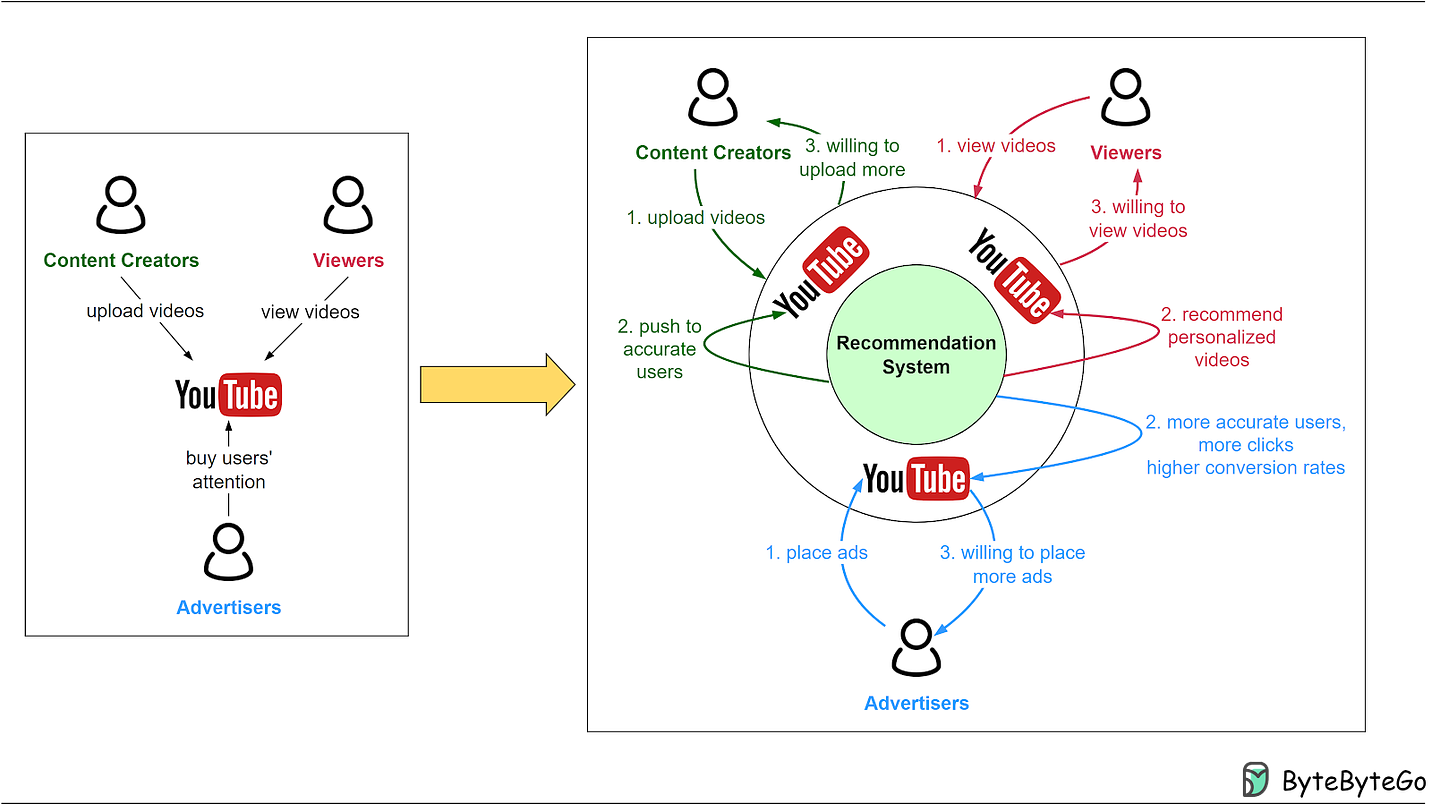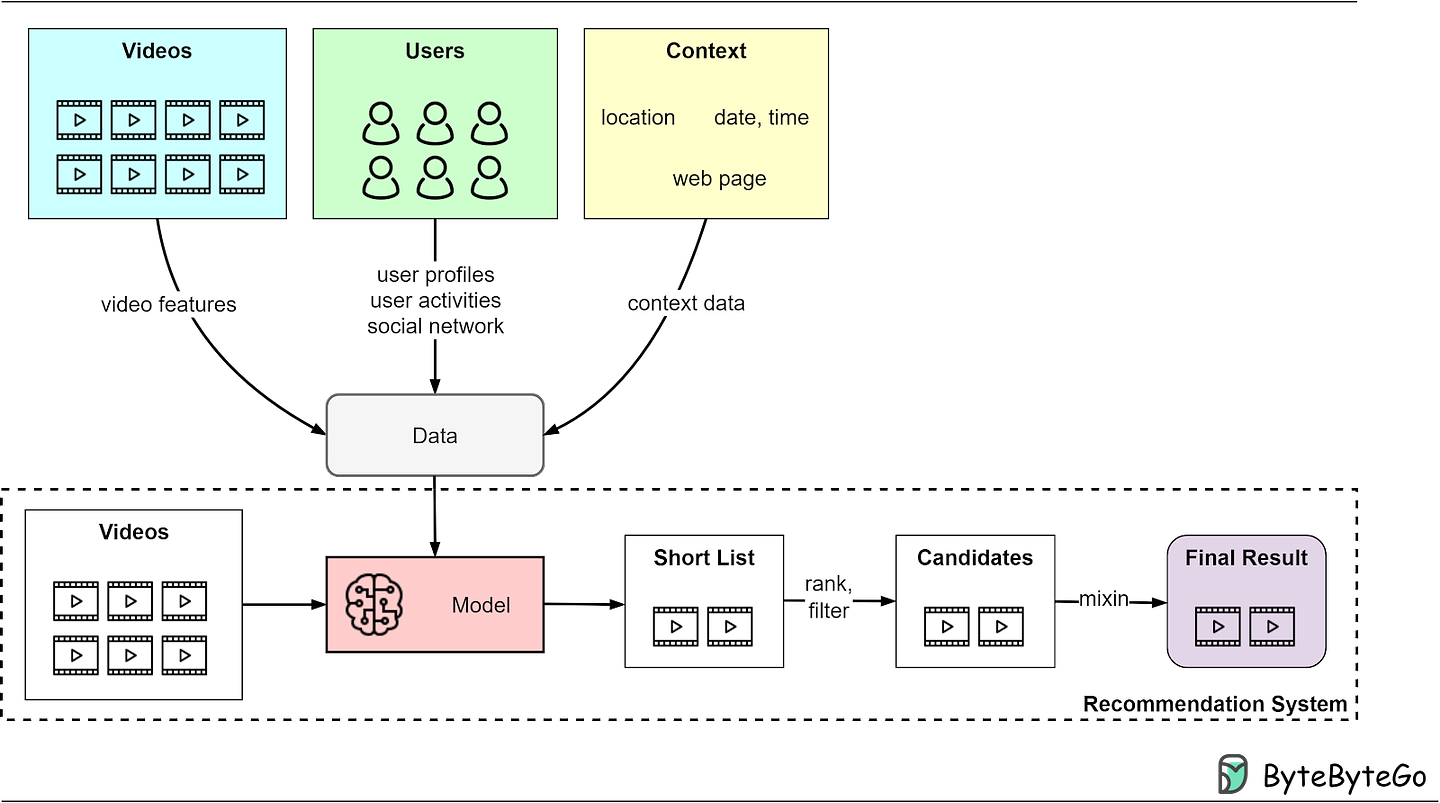- Mailing Lists
- in
- How Video Recommendations Work - Part 1
Archives
- By thread 5313
-
By date
- June 2021 10
- July 2021 6
- August 2021 20
- September 2021 21
- October 2021 48
- November 2021 40
- December 2021 23
- January 2022 46
- February 2022 80
- March 2022 109
- April 2022 100
- May 2022 97
- June 2022 105
- July 2022 82
- August 2022 95
- September 2022 103
- October 2022 117
- November 2022 115
- December 2022 102
- January 2023 88
- February 2023 90
- March 2023 116
- April 2023 97
- May 2023 159
- June 2023 145
- July 2023 120
- August 2023 90
- September 2023 102
- October 2023 106
- November 2023 100
- December 2023 74
- January 2024 75
- February 2024 75
- March 2024 78
- April 2024 74
- May 2024 108
- June 2024 98
- July 2024 116
- August 2024 134
- September 2024 130
- October 2024 141
- November 2024 171
- December 2024 115
- January 2025 216
- February 2025 140
- March 2025 220
- April 2025 233
- May 2025 239
- June 2025 303
- July 2025 125
✨LEAP 2024: 2 hours until the event starts!
Advanced Driver Assistance System - Drive your Fleets Smarter, and Safer
How Video Recommendations Work - Part 1
How Video Recommendations Work - Part 1
Latest articlesIf you’re not a subscriber, here’s what you missed this month. To receive all the full articles and support ByteByteGo, consider subscribing: The digital landscape has seen dramatic changes in how information is retrieved, moving from simple web portals to complex recommendation systems. This shift has been driven by the rapid increase of online content and the growing demand for personalized, relevant experiences. Let’s dive into the four pivotal stages for this evolution. In the mid-1990s, search engines like Yahoo! were rudimentary, focusing on text-based searches with basic algorithms for indexing web pages. The search results were ranked based on keyword matches without considering the user’s context or personal preferences. This phase was about cataloging the burgeoning web content as the internet started its exponential growth. Enter Google with its PageRank algorithm, revolutionizing search by evaluating not just keyword relevance but also the quality and quantity of page links. This significantly improved the relevance and quality of search results, marking a leap forward in information retrieval. As the internet grew, search engines started to incorporate more nuanced data, including users’ search histories, locations, and devices, to refine search results. This period also introduced diverse content types – images, videos, and news – directly into search results, making the experience more personal and comprehensive. However, this increased personalization also sparked privacy and data protection concerns. Today, we’re in an era dominated by AI and machine learning, powering recommendation systems that suggest content not based on explicit queries but on users’ past behaviors, preferences, and interactions. Giants like YouTube, Netflix, and Amazon rely on these systems to enhance engagement and drive sales. Recommendation systems represent a significant shift from user-initiated information retrieval to active content curation. In the past, there wasn’t so much content online, and users could easily discover content through keyword-based searches. Now, with the internet’s vast expanses of data, platforms compete for users’ attention, and recommendation systems play a crucial role in filtering and presenting personalized content. It’s often quipped that these systems know us better than we know ourselves. In this issue, we’ll explore the inner workings of recommendation systems and their pivotal role in driving a company’s revenue. Stay tuned as we uncover the secrets behind how YouTube and other platforms tailor content to captivate and engage their audiences. 1 Why Do We Need Recommendation Systems?Recommendation systems are everywhere these days. Whether shopping on Amazon, binge-watching on YouTube or scrolling through TikTok, these systems curate content specifically for us, potentially leading to hours of engagement. But why are these systems so crucial, especially for platforms like YouTube? At the heart of platforms like YouTube is a dynamic ecosystem involving content creators, viewers, and advertisers. Content creators produce videos, viewers consume this content, and advertisers aim to capture viewers’ attention. Recommendation systems play a pivotal role in enhancing this ecosystem, attracting more creators, viewers, and advertisers. The diagram below shows the effects of a recommendation system on the YouTube platform. Without recommendation systems, viewers would have to sift through content to find what interests them, while advertisers manually searched for their ideal audience. This made discovery cumbersome and less effective, with many views and advertisers missing out on potentially perfect matches. Smart recommendation systems transform the experience by leveraging algorithms that analyze various data points – view history, user profiles, trending topics, and recommendations from friends – to personalize content for viewers. This tailored approach means viewers are more likely to engage deeply with content, encouraging creators to produce more and advertisers to invest more, thanks to better targeting and higher conversion rates. Consider an e-commerce giant like Amazon, where recommendation systems personalize product suggestions. Even a 1% improvement in their recommendation accuracy can translate into tens of millions in sales revenue daily. This massive impact underscores why major companies continually invest in enhancing their recommendation algorithms and models. The investment in recommendation systems isn't just about boosting sales or viewer numbers; it's about enriching user experiences and fostering user retention. These systems are designed to understand and anticipate user preferences which create a more engaging and personalized online experience. 2 How Does a Recommendation System Select For Us?Now that we understand the role of a recommendation system in enhancing a business’s ecosystem, let’s dive deeper into how these systems curate content for us. At the heart of a recommendation system is a deep-learning model designed to predict user preferences for specific videos. This involves scoring and ranking videos, integrating advertisements, and generating the final set of recommendations. Unlike simpler models, a deep learning-based system can more accurately mimic the complex process of human decision-making for content selection. To train the model to predict user preferences accurately, it’s essential to analyze data from three key sources:
Keep reading with a 7-day free trialSubscribe to ByteByteGo Newsletter to keep reading this post and get 7 days of free access to the full post archives. A subscription gets you:
© 2024 ByteByteGo |
by "ByteByteGo" <bytebytego@substack.com> - 11:41 - 29 Feb 2024



